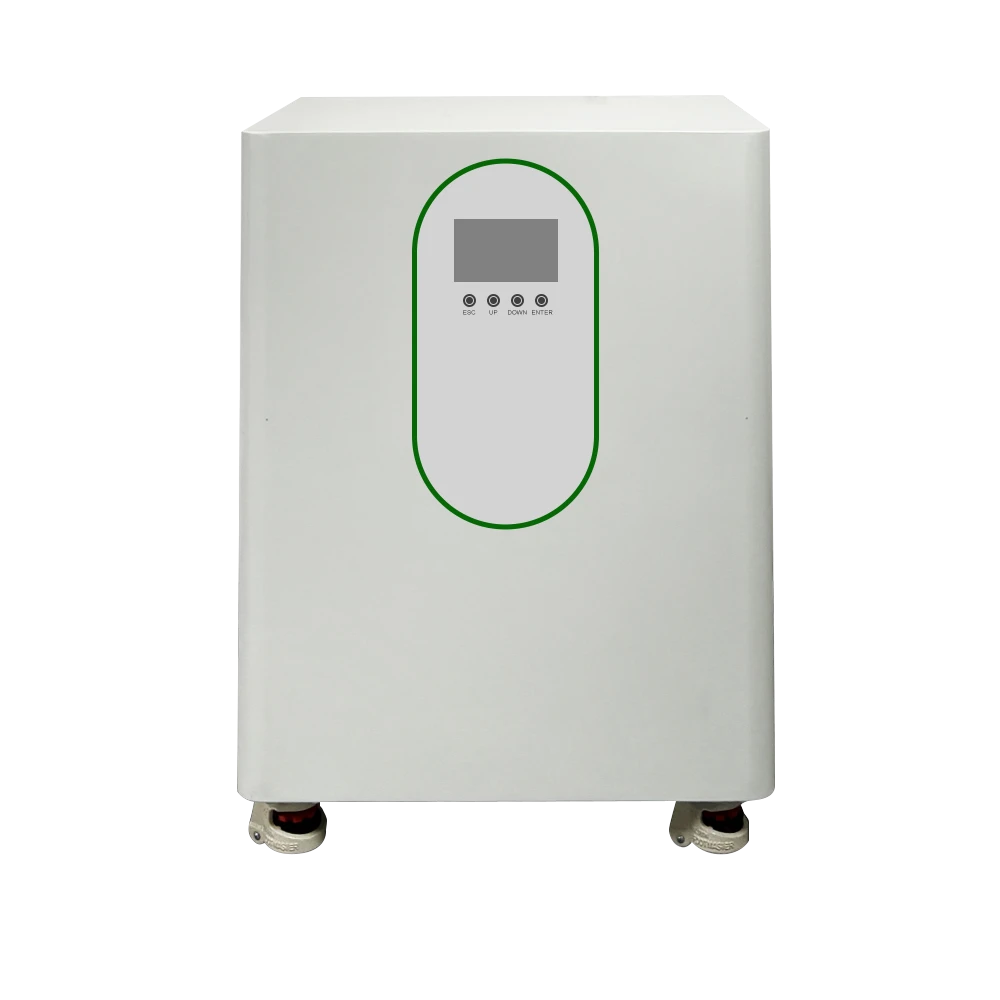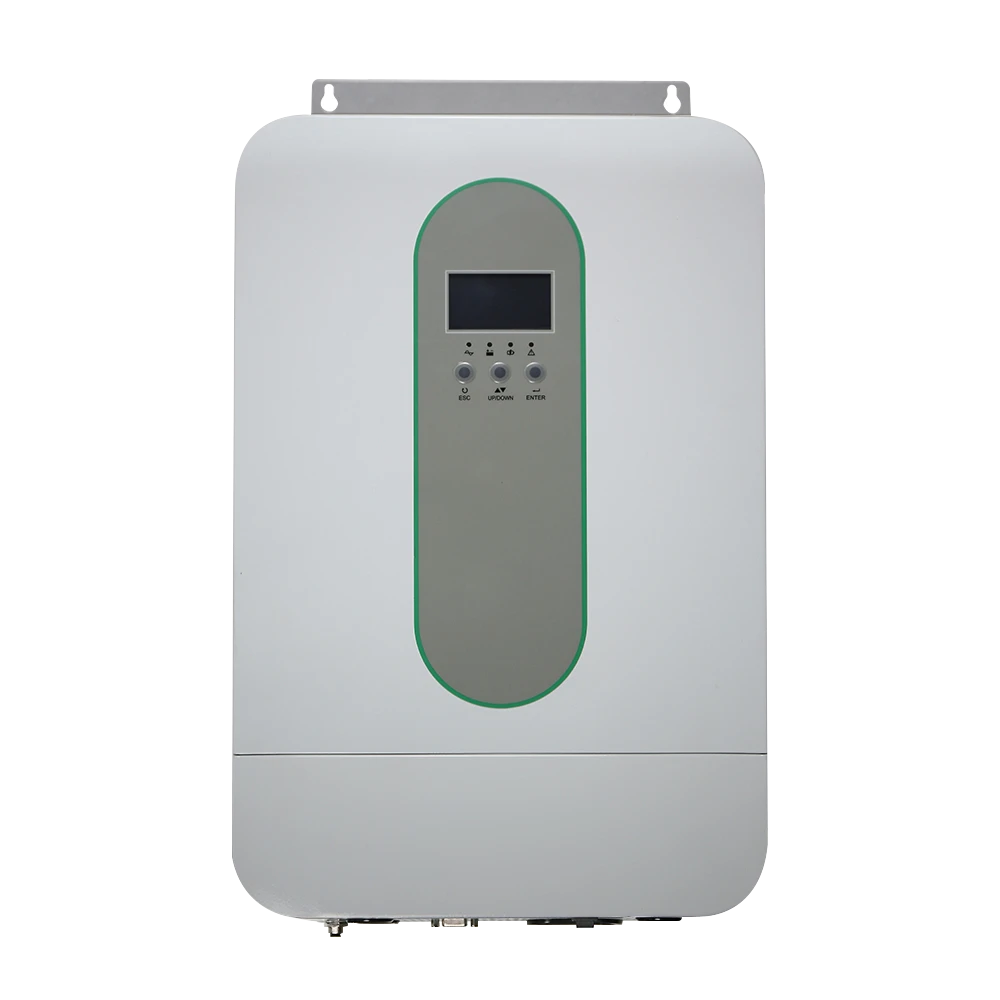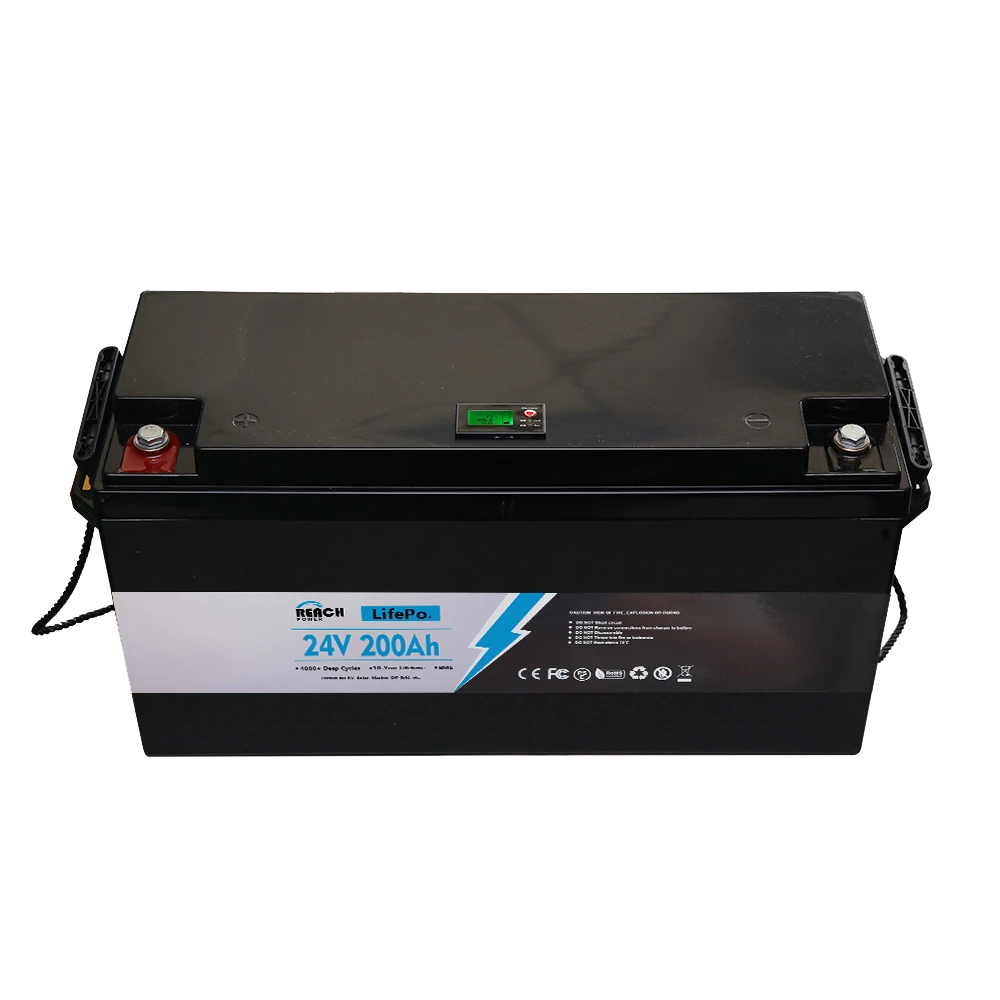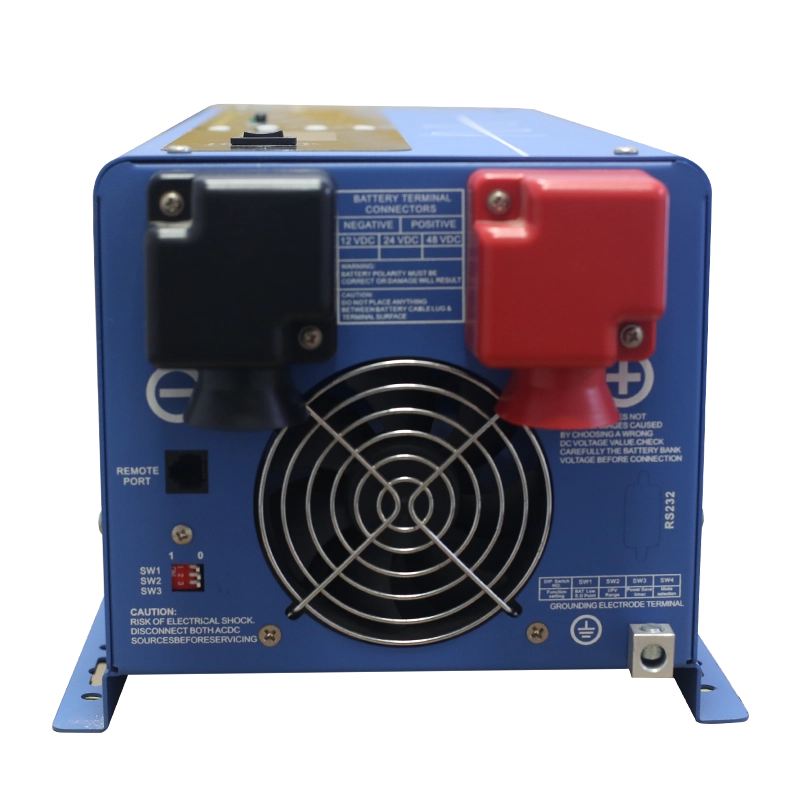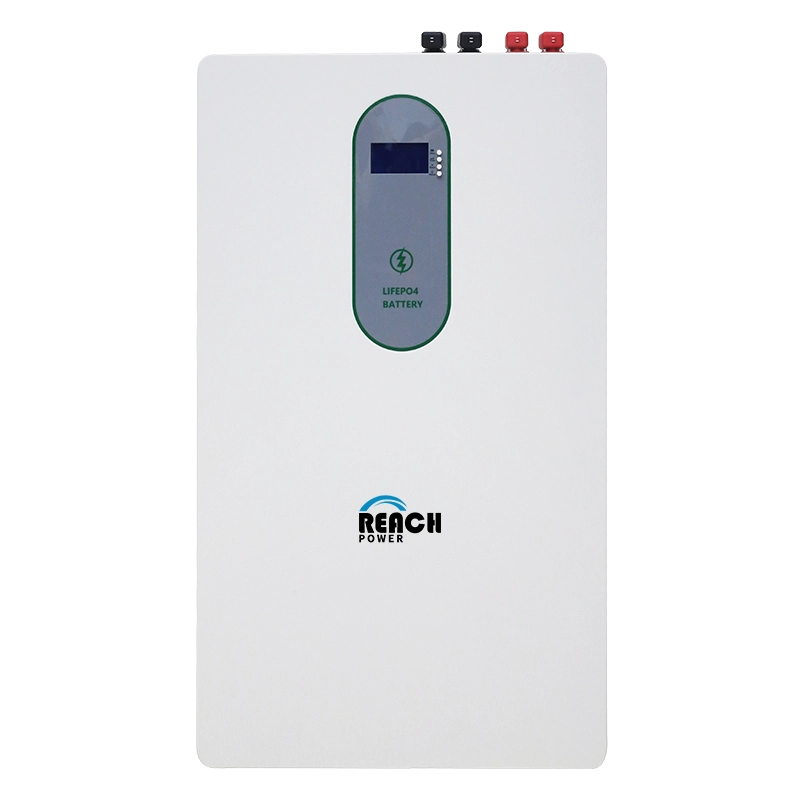Introduction to Lithium Batteries Maintenance
Lithium-ion batteries are widely used in various applications, from electric vehicles to portable electronics, due to their high energy density and long lifespan. However, to maximize their performance and longevity, proper maintenance is crucial. Here are some key tips for maintaining your lithium batteries effectively.
Daily Charging and Discharging
Mantenimiento de baterías de litio starts with consistent charging and discharging practices. Lithium-ion batteries should be charged and discharged regularly. A daily charging routine can help maintain the battery’s health and extend its lifespan. While lithium-ion batteries can last 2 to 3 days on a single charge, it is recommended to charge them daily to keep them in optimal condition.
Periodic deep discharges can also be beneficial for “activating” the battery, which may slightly increase its capacity. It is generally advised to perform a full discharge of the battery on a regular basis to maintain its performance.
Use the Original Charger
Mantenimiento de baterías de litio also involves using the correct charger. Chargers from different manufacturers may have specific requirements. It is important not to replace the charger unless you are certain it is compatible with your lithium-ion battery. Using a charger that is not matched to the battery can lead to excessive current, which may break down the battery’s protection system, causing a short circuit and potentially leading to a safety incident. Conversely, a charger with too low a voltage can make charging inefficient and prolong the charging time.
Storage Environment
The environment in which you store your lithium-ion batteries can significantly impact their longevity and safety. Mantenimiento de baterías de litio includes ensuring that the batteries are stored in a cool, dry, and safe environment. Avoid exposing the batteries to heat sources, open flames, flammable gases, or liquids. These conditions can cause the batteries to leak, generate heat, smoke, catch fire, or even explode.
Temperature Range
The storage temperature for lithium-ion batteries should ideally be around 25±5°C (77±9°F) at room temperature. Temperature variations can affect the activity of lithium ions. While higher temperatures can increase ion activity, temperatures exceeding 60°C (140°F) can cause irreversible damage to the battery’s separator, leading to permanent damage and potential safety hazards.
Conclusion
Proper lithium batteries maintenance is essential for maximizing their performance and ensuring their safety. By following these tips—consistent charging and discharging, using the original charger, storing in a cool and dry environment, and maintaining an optimal temperature range—you can significantly extend the lifespan of your lithium batteries. For more detailed information and expert advice, contact Ruilida New Energy.

